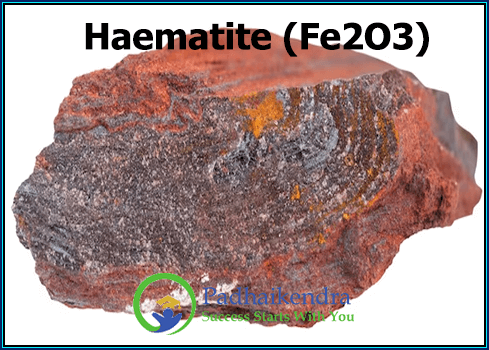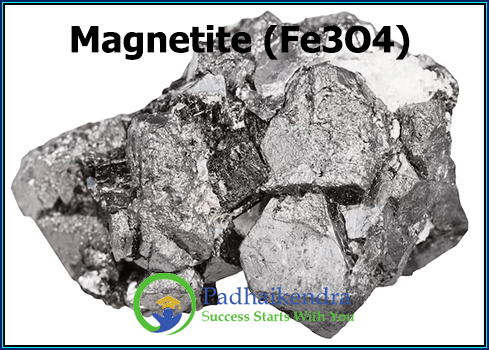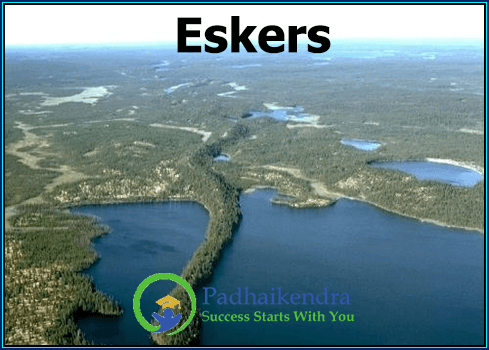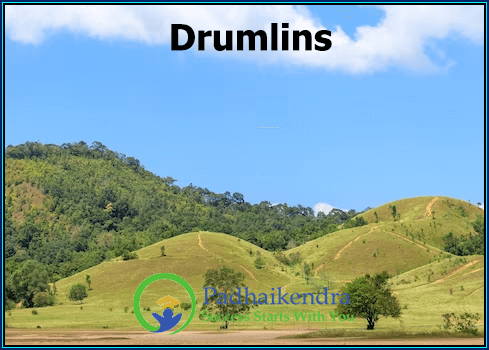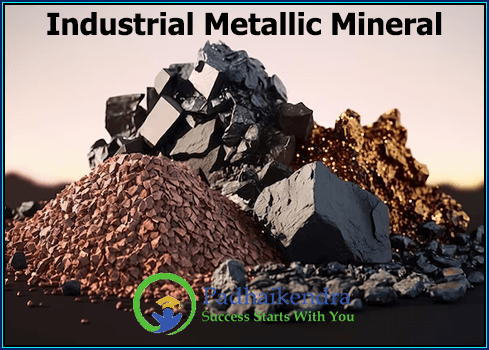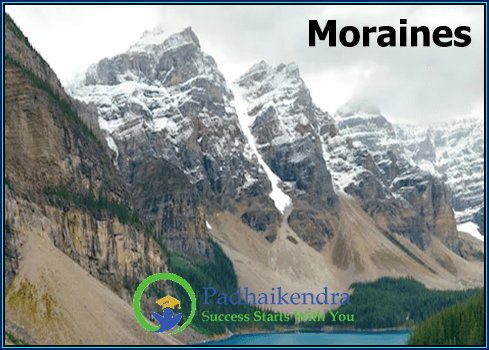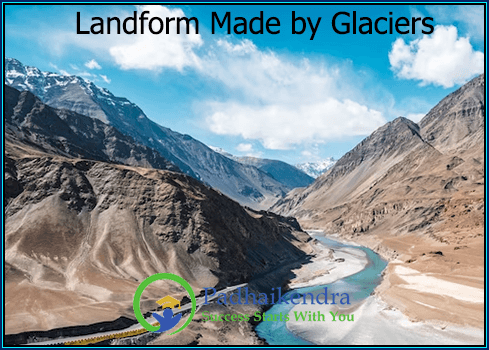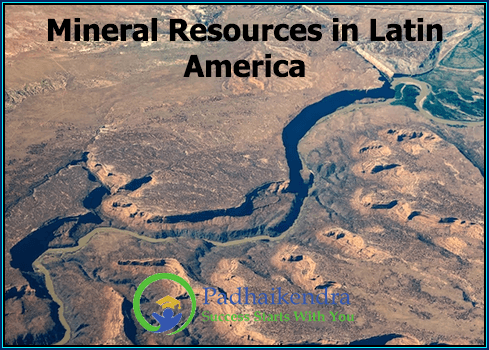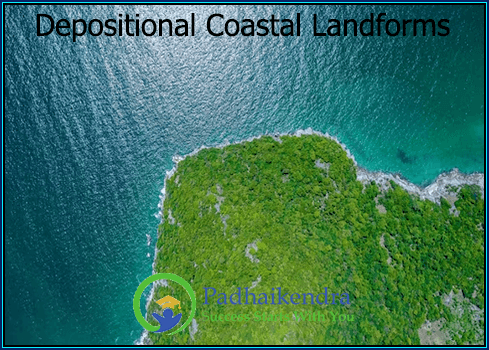Haematite (Fe2O3)
Haematite is a mineral and one of the most important iron ores, with the chemical formula Fe2O3. It is a red, gray or black mineral with a metallic luster and is the most common iron oxide mineral found in nature. The mineral is found in various geological formations, including sedimentary, metamorphic, and igneous rocks. Haematite …

